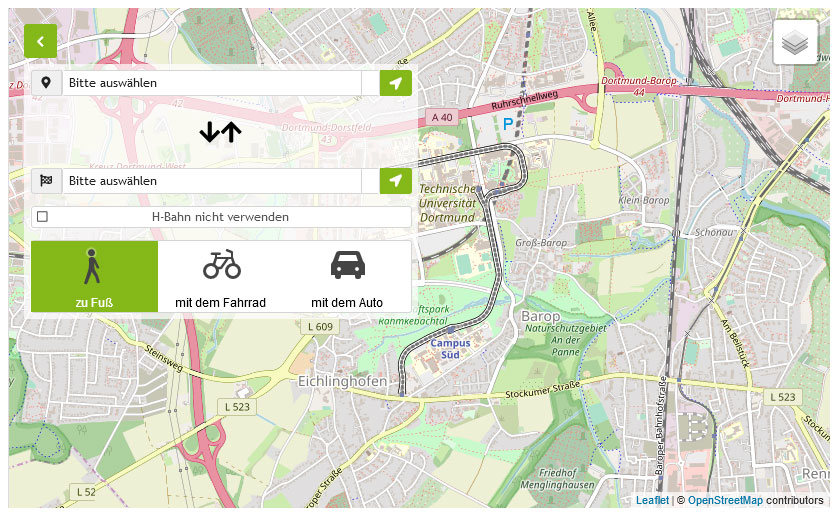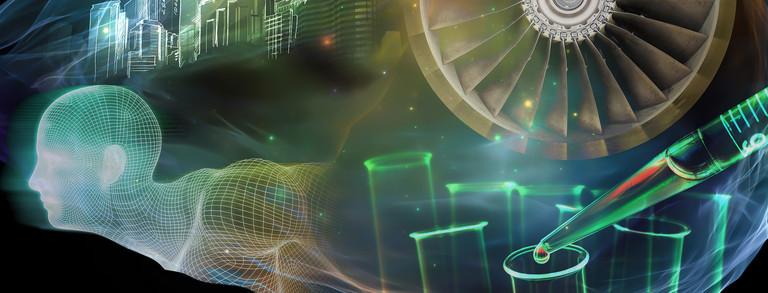New methods for robust MPC with high-dimensional uncertainty
| Subject area | Automation, Control Systems, Robotics, Mechatronics, Cyber Physical Systems |
| Term | since 2019 |
| Funding | Deutsche Forschungsgemeinschaft (DFG) |
Project description
Model predictive control (MPC) is a popular optimization-based control scheme that has become the standard advanced control strategy in many different fields.The computation time needed to solve the optimization problems that result from standard MPC formulations is in most cases not the main obstacle for the widespread adoption of MPC. The necessity of a good model is, however, still a major challenge. Even when models are available or can be derived from first principles, determining the value of all the necessary parameters can be extremely difficult. As a result, uncertainty is always present in real-world scenarios, either in the form of plant-model mismatch or due to the presence of disturbances which can lead to important performance degradation of MPC or even to instability of the closed-loop system.Several robust MPC approaches have been proposed in recent years to deal with uncertainty in the framework of MPC. Most of the available robust MPC methods have been demonstrated only for small systems with a few uncertainties because the approaches are difficult to design, result in intractable optimization problems or are very conservative.Enabling a systematic and reliable application of robust MPC schemes to considerably larger systems that are potentially affected by many uncertainties is a necessary step to significantly increase the impact of MPC approaches and is the main motivation of this project.Rather than focusing on the efficient numerical solutions of the large optimization problems that result from the formulation of most robust MPC schemes, the central goal of this project is to develop novel methods that lead to tractable problems by using the following three ideas i) exploiting the system properties, ii) considering randomized optimization methods, iii) by moving computations to an offline analysis as much as possible leveraging the possibilities of data-based methods to learn robust control policies. Different methods related to these three ideas will be developed taking advantage of recent advances on the multi-stage MPC approach, which models the possible evolution of the uncertainty using a tree of discrete scenarios. We expect to obtain both basic scientific insights – like new methods to analyze, design and adapt robust MPC with strict theoretical guarantees, as well as applicable approximate schemes that can attain robust performance in real-world systems.


